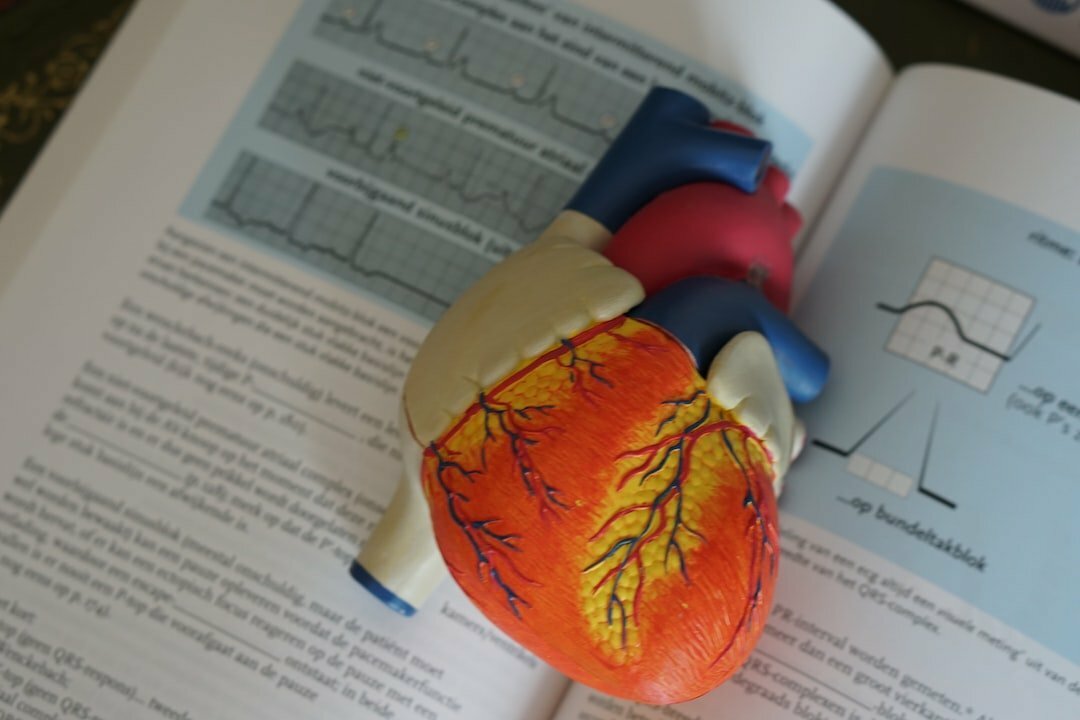What is Postural Orthostatic Tachycardia Syndrome?

POTS is a condition that is caused by a problem with the autonomic nervous system. The autonomic nervous system controls all of the involuntary functions of the body, such as heart rate, blood pressure, and digestion. In people with POTS, the autonomic nervous system does not work properly, which can lead to a wide variety of symptoms.
The most common symptoms of POTS are a feeling of lightheadedness or dizziness, heart palpitations, nausea, and a feeling of weakness. Many people with POTS also experience problems with bladder control, problems with digestion, and extreme fatigue.
Is Postural Orthostatic Tachycardia Syndrome a serious condition?
For some people, POTS can be a serious condition. If you have POTS, you may experience lightheadedness, dizziness, or fainting when you stand up. You may also feel tired and have a headache. In severe cases, POTS can cause heart problems or even death.
If you have POTS, it’s important to see a doctor like the best cardiologist in Los Angeles and get treatment. With treatment, most people with POTS can lead normal, healthy lives.
What are 5 tips for living with Postural Orthostatic Tachycardia Syndrome?
1. Pace Yourself
One of the most important things to remember when living with Postural Orthostatic Tachycardia Syndrome (POTS) is to pace yourself. Everyday activities, such as showering, grocery shopping, or even taking a walk, can take more energy than usual when you have POTS. This means that you have to be mindful of your energy levels and not push yourself too hard. It might be helpful to create a schedule with designated rest days to help you stay on top of your energy.
2. Implement Accommodations
One accommodation that might be helpful is seeking a shower replacement with a seat and a bar to help you if you start feeling faint.
3. Drink Plenty of Fluids
Another key to living well with POTS is drinking plenty of fluids. When your body is dehydrated, it can be more difficult to regulate your heart rate, which is what happens in POTS. Aim to drink at least eight glasses of water per day, and more if you are active. If you don’t like the taste of water, try adding lemon or cucumber slices to make it more refreshing.
4. Eat Regular Meals
It’s also important to eat regular meals when you have POTS. Skipping meals can lead to blood sugar fluctuations, which can worsen POTS symptoms. Try to include plenty of healthy, balanced meals in your diet, and avoid foods that are high in sodium or sugar.
5. Manage Your Stress
Finally, one of the most important things you can do to manage your POTS is to manage your stress. Stress can make POTS symptoms worse, so it’s important to find healthy ways to reduce your stress levels. Some strategies that may help include exercise, yoga, meditation, and deep breathing exercises.
What are the treatments for Postural Orthostatic Tachycardia Syndrome?

There is still much unknown about the cause of POTS. However, there are a variety of treatments that have been found to be helpful for many people with POTS. Treatments include:
Managing blood pressure and blood volume: This may include drinking plenty of fluids, avoiding dehydration, eating a healthy diet with plenty of salt, and taking medications to manage blood pressure and blood volume.
Managing heart rate: This may include medications to manage heart rate and/or devices such as pacemakers or implantable cardiac defibrillators.
Managing orthostatic symptoms: This may include increasing salt intake, wearing compression garments, using a wheelchair or scooter, and elevating the head of the bed.
Managing other symptoms: This may include medications for nausea, vomiting, diarrhea, and pain; therapies such as physical therapy, occupational therapy, and cognitive-behavioral therapy; and devices such as a portable heart monitor.
Living with a chronic condition like POTS can be difficult, but it’s important to remember that you’re not alone. There are many people who understand what you’re going through. There are also many resources available to help you manage your condition.





